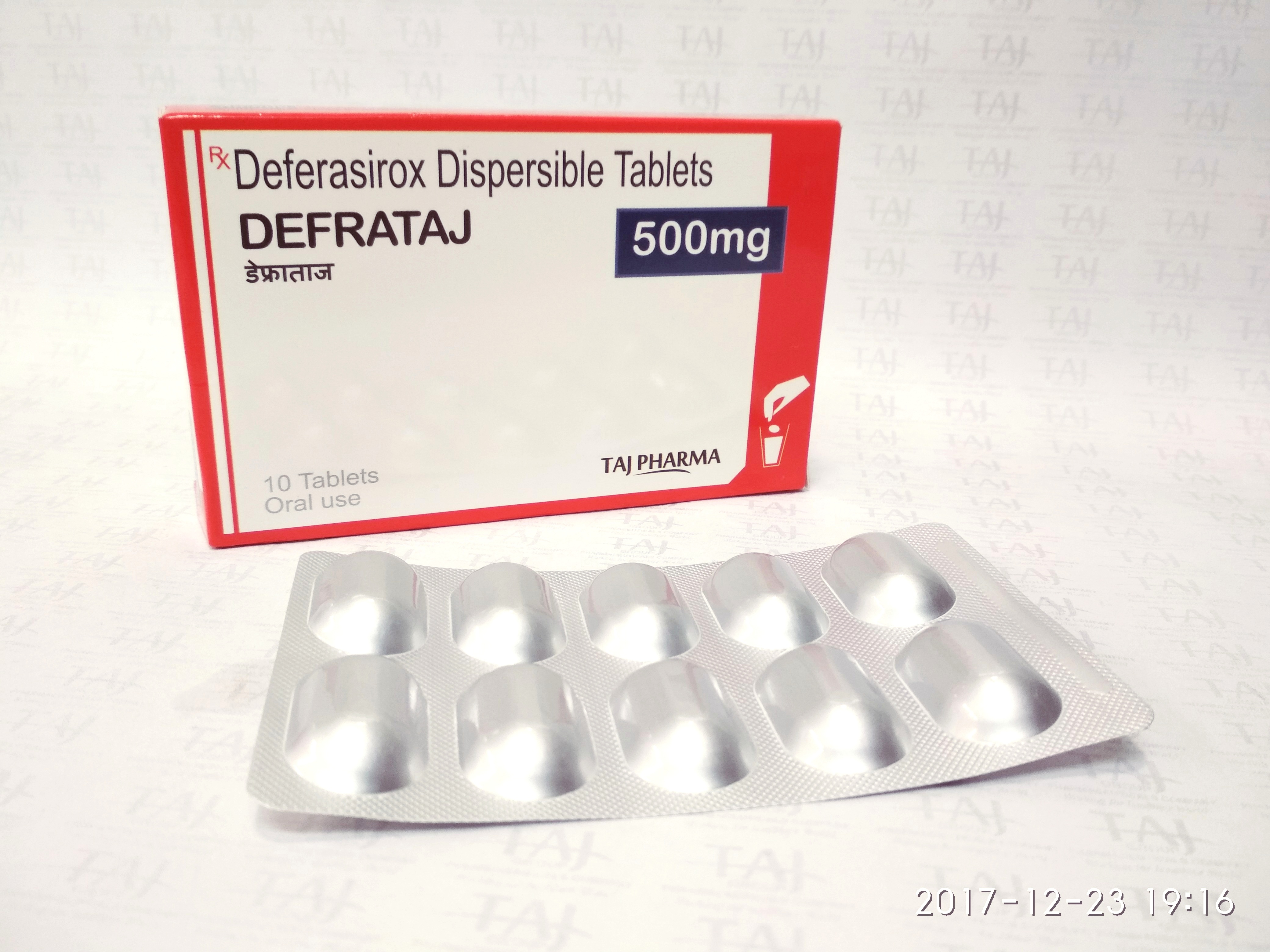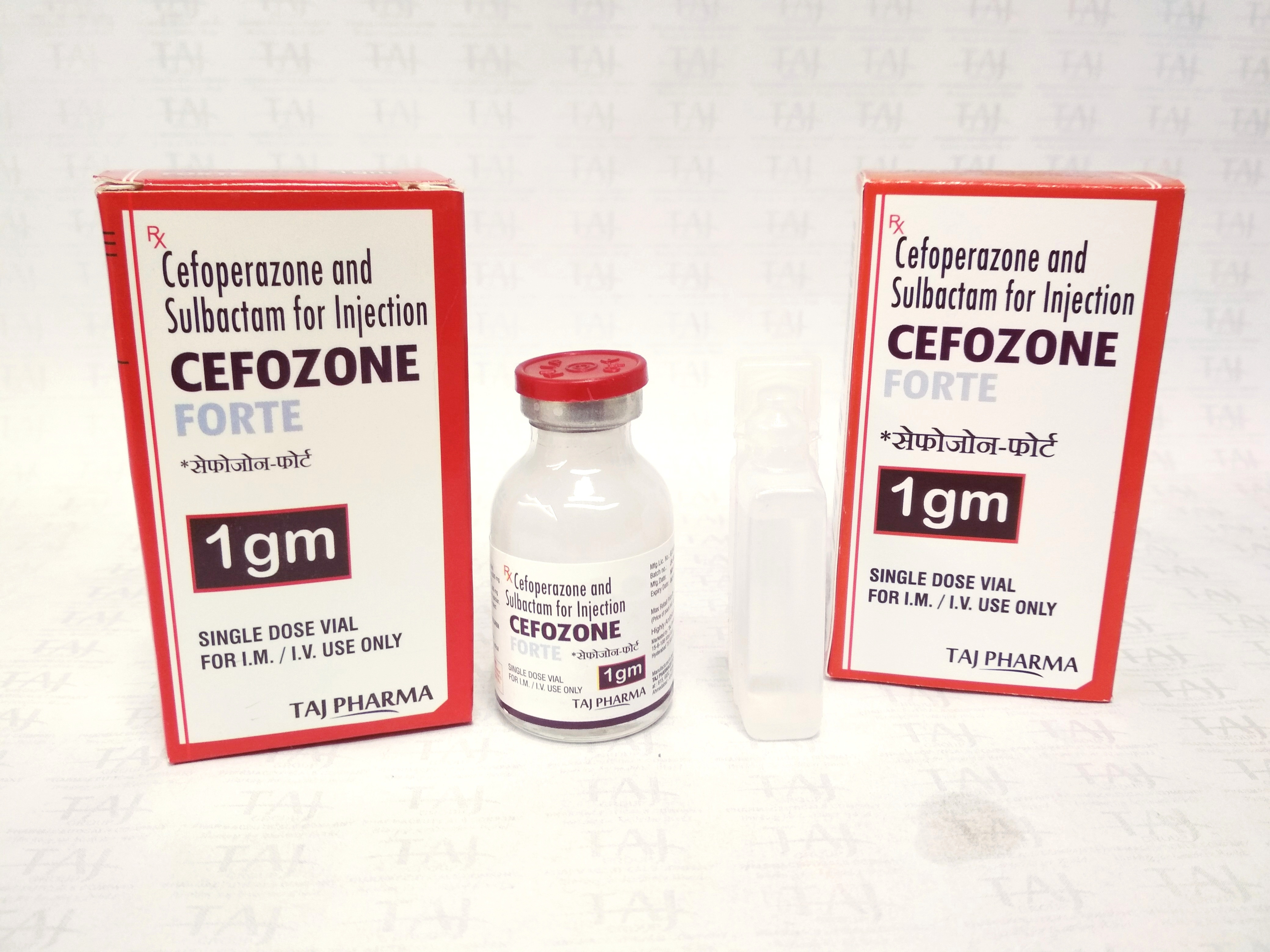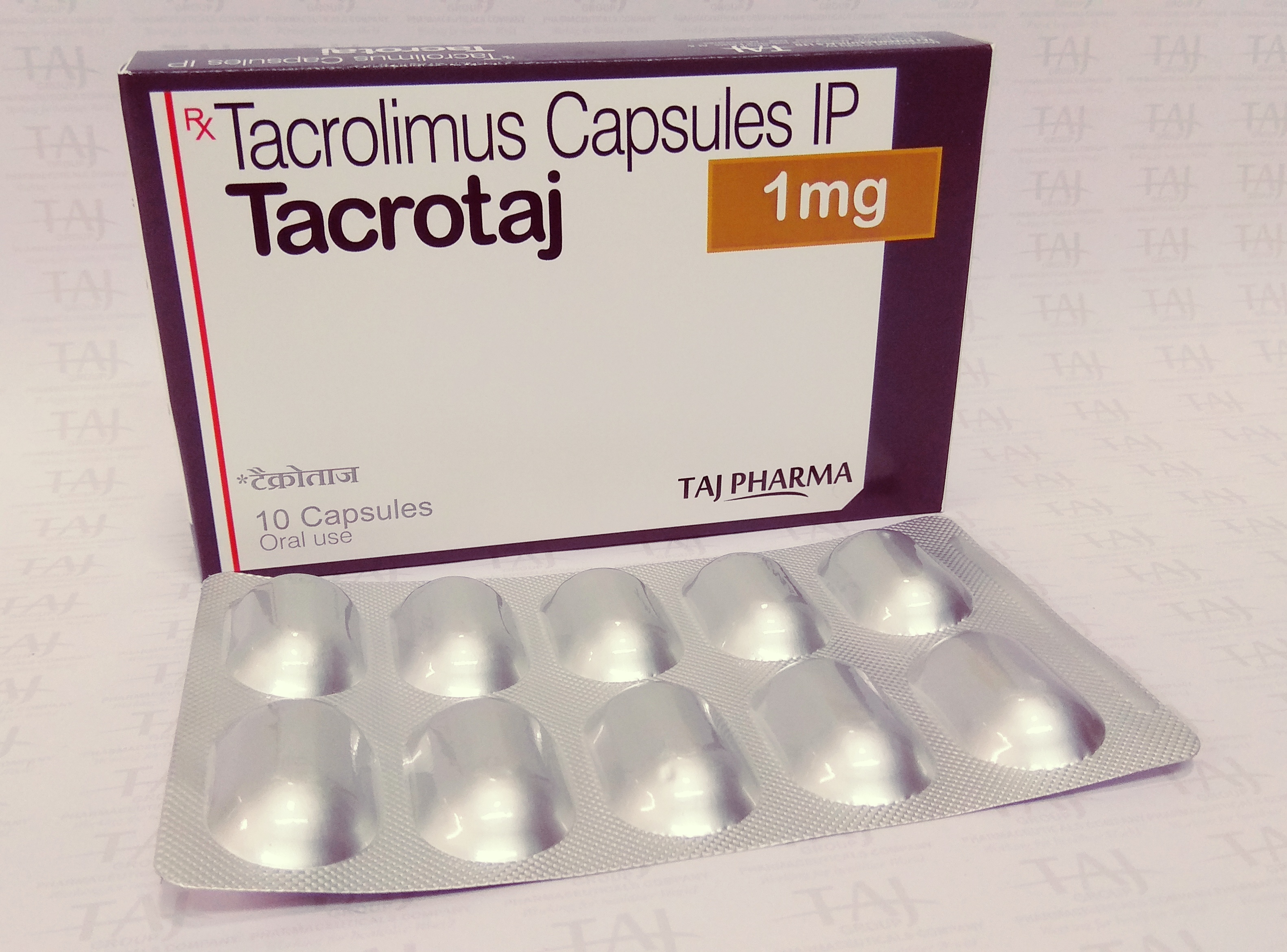Vincristine
Trade Names: Vratucan
Other Names: Vincristine Sulfate,
Drug Type: Vincristine is an anti-cancer ("antineoplastic" or "cytotoxic") chemotherapy drug. Vincristine is classified as a plant alkaloid. For more detail, see "How Vincristine Works" section below.
What Vincristine Is Used For:
• Cancers treated with Vincristine include: acute leukemia, Hodgkin's and non- Hodgkin's lymphoma, neuroblastoma, rhabdomyosarcoma, Ewing's sarcoma, Wilms' tumor, multiple myeloma, chronic leukemias, thyroid cancer, brain tumors.
• It is also used to treat some blood disorders.
Note: If a drug has been approved for one use, physicians sometimes elect to use this same drug for other problems if they believe it might be helpful.
How Vincristine Is Given:
• Vincristine is given through a vein by intravenous injection (IV push) or infusion (IV). There is no pill form.
• Vincristine is a vesicant. A vesicant is a chemical that causes extensive tissue damage and blistering if it escapes from the vein. The nurse or doctor who gives Vincristine must be carefully trained. If you notice pain, redness or swelling at the IV site while you are receiving Vincristine sulfate, alert your health care professional immediately.
• The amount of Vincristine you will receive depends on many factors, including your height and weight, your general health or other health problems, and the type of cancer you have. Your doctor will determine your dose and schedule.
Side Effects:
Important things to remember about the side effects of Vincristine:
• Most people do not experience all of the side effects listed.
• Side effects are often predictable in terms of their onset and duration.
• Side effects are almost always reversible and will go away after treatment is complete.
• There are many options to help minimize or prevent side effects.
• There is no relationship between the presence or severity of side effects and the effectiveness of Vincristine.
The following side effects are common (occurring in greater than 30%) for patients taking Vincristine:
• Hair loss (in 20-70% of patients) may be partial or complete hair loss
The following are less common side effects (occurring in 10-29%) for patients receiving Vincristine:
• Constipation
• Low blood counts. Your white and red blood cells and platelets may temporarily decrease. This can put you at increased risk for infection, anemia and/or bleeding.
• Abdominal cramps
• Weight loss
• Nausea and vomiting
• Mouth sores
• Diarrhea
• Loss of appetite
• Taste changes
• Peripheral neuropathy: Although uncommon, a serious side effect of decreased sensation and paresthesia (numbness and tingling of the hands and feet) may be noted. Sensory loss, numbness and tingling, and difficulty in walking may last for at least as long as therapy is continued. These side effects may become progressively more severe with continued treatment, and your doctor may decide to decrease your dose.
Not all side effects are listed above, some that are rare (occurring in less than 10% of patients) are not listed here. However, you should always inform your health care provider if you experience any unusual symptoms.
When to contact your doctor or health care provider:
Contact your health care provider immediately, day or night, if you should experience any of the following symptoms:
• Fever of 100.4° F (38° C), chills (possible signs of infection)
• Urinary retention (inability to urinate)
The following symptoms require medical attention, but are not emergency situations. Contact your health care provider within 24 hours of noticing any of the following:
• Unusual bleeding or bruising
• Black or tarry stools, or blood in your stools or urine
• Constipation
• Diarrhea (4-6 episodes in a 24-hour period)
• Nausea (interferes with ability to eat and unrelieved with prescribed medications)
• Vomiting (vomiting more than 4-5 times in a 24-hour period)
• Severe abdominal pain
• Lip or mouth sores
• Painful urination
• Bone pain
Always inform your health care provider if you experience any unusual symptoms.
Precautions:
• Before starting Vincristine treatment, make sure you tell your doctor about any other medications you are taking (including over-the-counter, vitamins, or herbal remedies). Do not take aspirin or products containing aspirin unless your doctor permits this.
• Decreased sensation, numbness and tingling in fingers and toes may become progressively worse with repeated doses of Vincristine. It is important to report this to your doctor.
• Inform your health care professional if you are pregnant or may be pregnant prior to starting this treatment. Pregnancy category D (Vincristine may be hazardous to the fetus. Women who are pregnant or become pregnant must be advised of the potential hazard to the fetus).
• For both men and women: Do not conceive a child (get pregnant) while taking Vincristine. Barrier methods of contraception, such as condoms, are recommended. Discuss with your doctor when you may safely become pregnant or conceive a child after therapy.
• Do not breast feed while taking Vincristine.
Self-Care Tips:
• Apply warm compress if you have any pain, redness or swelling at the IV site, and notify your doctor.
• Keep your bowels moving. Your health care provider may prescribe a stool softener to help prevent constipation that may be caused by Vincristine.
• Drink 2 to 3 quarts of fluid every 24 hours, unless you were told to restrict your fluid intake, and maintain good nutrition. This will decrease your chances of being constipated, and prevent dehydration.
• You may be at risk of infection so try to avoid crowds or people with colds, and report fever or any other signs of infection immediately to your healthcare provider.
• Wash your hands often.
• Use an electric razor and soft toothbrush to minimize bleeding.
• Avoid contact sports or activities that could cause injury.
• Avoid sun exposure. Wear SPF 15 (or higher) sunblock and protective clothing.
• To reduce nausea, take anti-nausea medications as prescribed by your doctor, and eat small, frequent meals.
• Keep your mouth clean with baking soda and salt rinses. You can mix 1/2 to 1 tsp. of baking soda and/or 1/2 to 1 tsp. salt in 8 ounces of water, and use as a mouthwash, to avoid or decrease the severity of mouth sores.
• In general, drinking alcoholic beverages should be minimized or avoided. You should discuss this with your doctor.
• If you experience symptoms or side effects, be sure to discuss them with your health care team. They can prescribe medications and/or offer other suggestions that are effective in managing such problems.
Monitoring and Testing:
• Because drug toxicity is seen as numbness and tingling of fingers and toes, a periodic physical examination, which includes a check of your reflexes, is necessary to detect the need for decreased dosages.
• Periodic blood work will be obtained to monitor your complete blood count (CBC). Various blood tests to monitor the function of other organs (such as your kidneys and liver) will also be ordered by your doctor.
How Vincristine Works:
Cancerous tumors are characterized by cell division, which is no longer controlled as it is in normal tissue. "Normal" cells stop dividing when they come into contact with like cells, a mechanism known as contact inhibition. Cancerous cells lose this ability. Cancer cells no longer have the normal checks and balances in place that control and limit cell division. The process of cell division, whether normal or cancerous cells, is through the cell cycle. The cell cycle goes from the resting phase, through active growing phases, and then to mitosis (division).
The ability of chemotherapy to kill cancer cells depends on its ability to halt cell division. Usually, the drugs work by damaging the RNA or DNA that tells the cell how to copy itself in division. If the cells are unable to divide, they die. The faster the cells are dividing, the more likely it is that chemotherapy will kill the cells, causing the tumor to shrink. They also induce cell suicide (self-death or apoptosis).
Chemotherapy drugs that affect cells only when they are dividing are called cell-cycle specific. Chemotherapy drugs that affect cells when they are at rest are called cell-cycle non-specific. The scheduling of chemotherapy is set based on the type of cells, rate at which they divide, and the time at which a given drug is likely to be effective. This is why chemotherapy is typically given in cycles.
Chemotherapy is most effective at killing cells that are rapidly dividing. Unfortunately, chemotherapy does not know the difference between the cancerous cells and the normal cells. The "normal" cells will grow back and be healthy but in the meantime, side effects occur. The "normal" cells most commonly affected by chemotherapy are the blood cells, the cells in the mouth, stomach and bowel, and the hair follicles; resulting in low blood counts, mouth sores, nausea, diarrhea, and/or hair loss. Different drugs may affect different parts of the body.
Vincristine belongs to a class of chemotherapy drugs called plant alkaloids. Plant alkaloids are made from plants. The vinca alkaloids are made from the periwinkle plant (catharanthus rosea). The taxanes are made from the bark of the Pacific Yew tree (taxus). The vinca alkaloids and taxanes are also known as antimicrotubule agents. The podophyllotoxins are derived from the May Apple plant. Camptothecan analogs are derived from the Asian "Happy Tree" (Camptotheca acuminata). Podophyllotoxins and camptothecan analogs are also known as topoisomerase inhibitors. The plant alkaloids are cell-cycle specific. This means they attack the cells during various phases of division.
• Vinca alkaloids: Vincristine, Vinblastine and Vinorelbine
• Taxanes: Paclitaxel and Docetaxel
• Podophyllotoxins: Etoposide and Tenisopide
• Camptothecan analogs: Irinotecan and Topotecan
Antimicrotubule agents (such as Vincristine), inhibit the microtubule structures within the cell. Microtubules are part of the cell's apparatus for dividing and replicating itself. Inhibition of these structures ultimately results in cell death.
Note: We strongly encourage you to talk with your health care professional about your specific medical condition and treatments. The information contained in this website is meant to be helpful and educational, but is not a substitute for medical advice.
Click here for Download pdf of patient informationClick here for Download pdf of prescribing information





